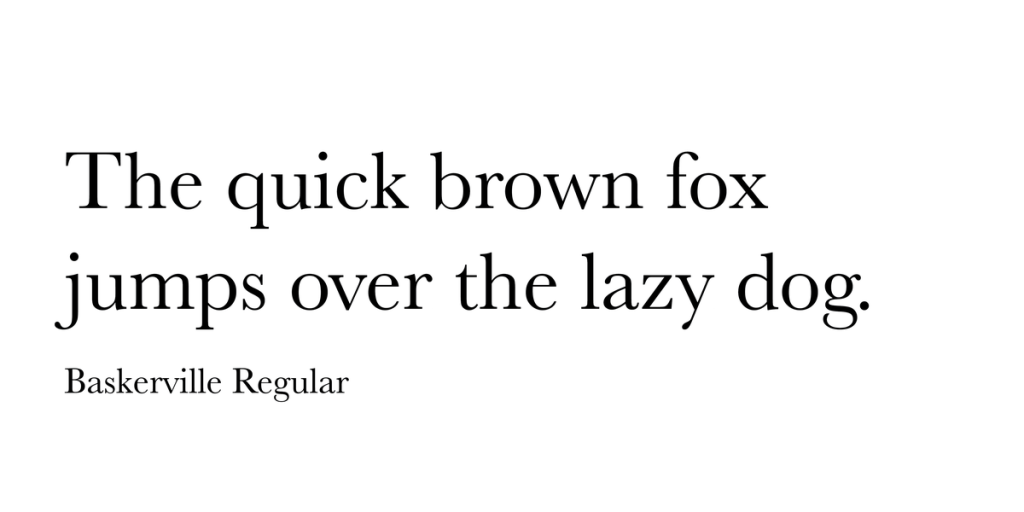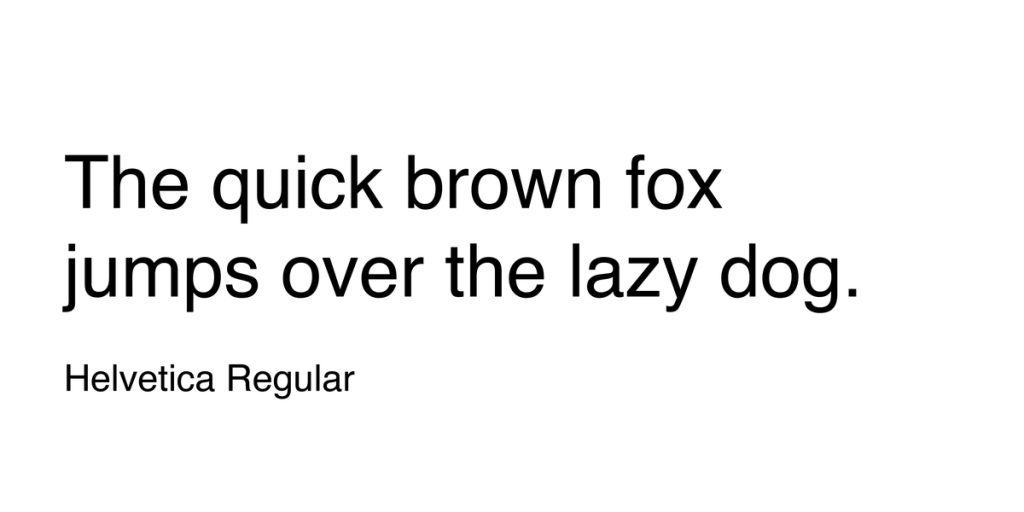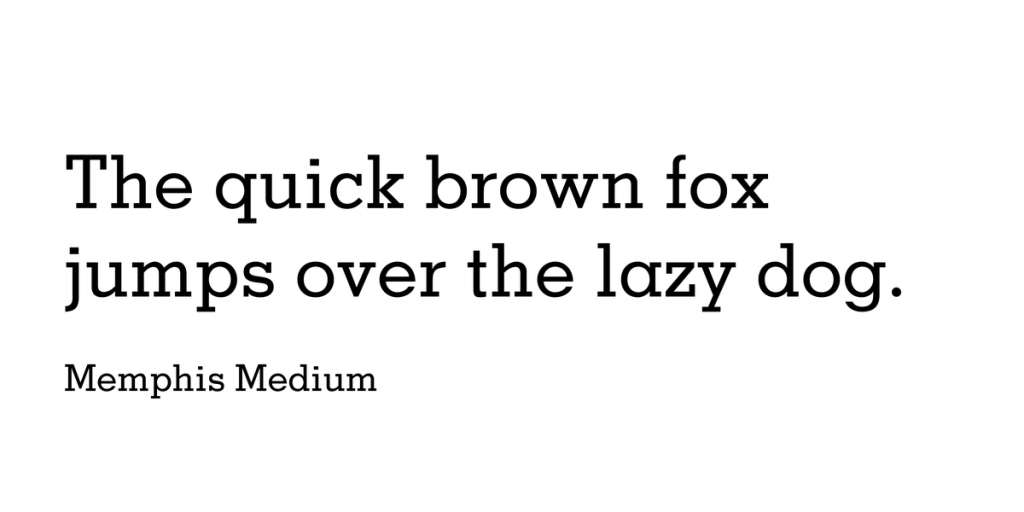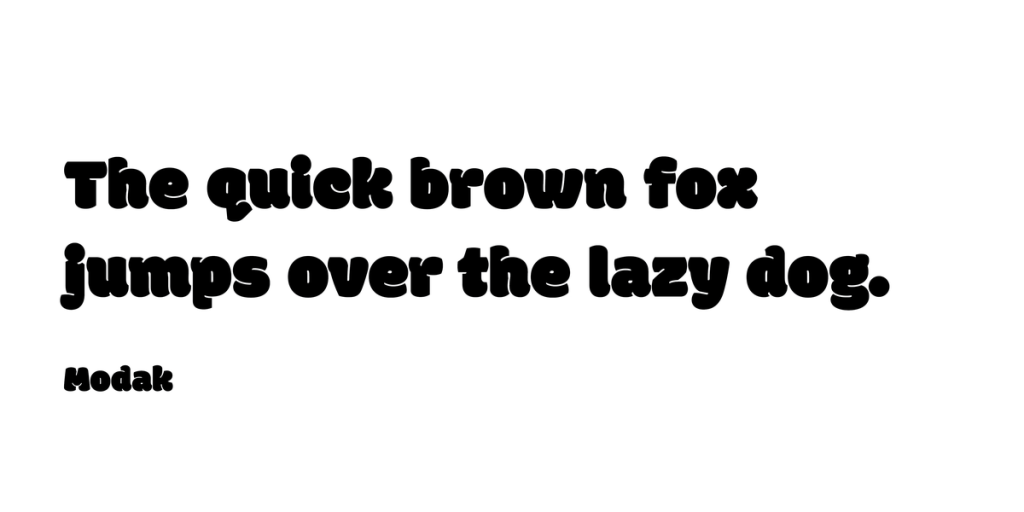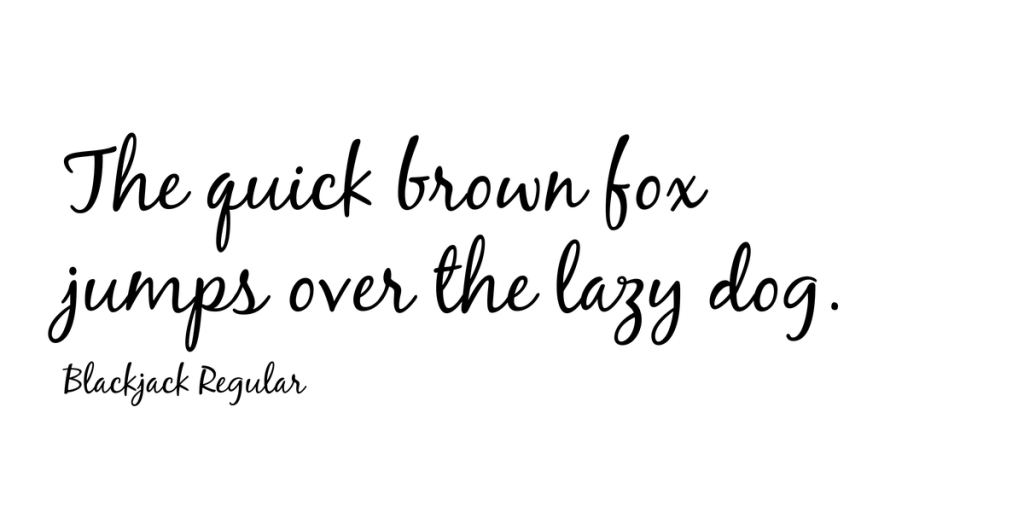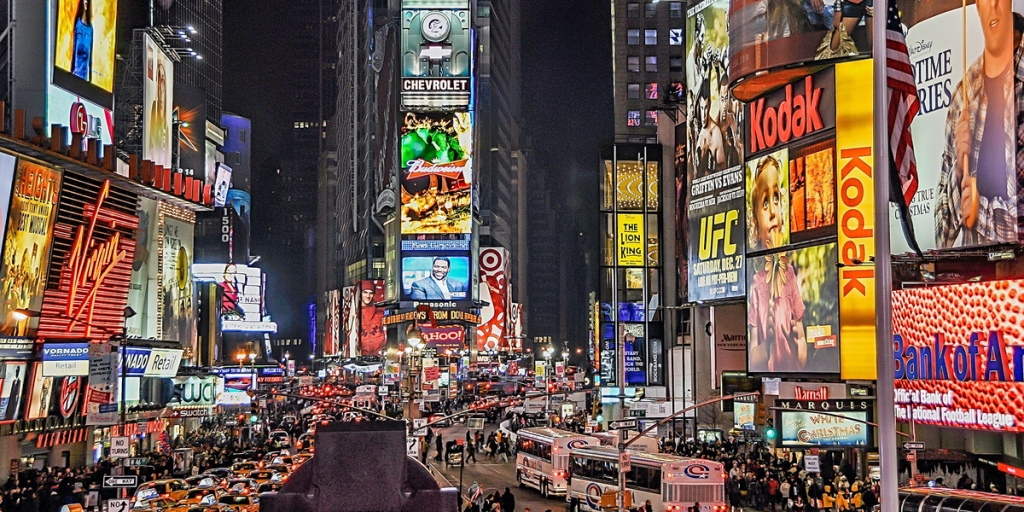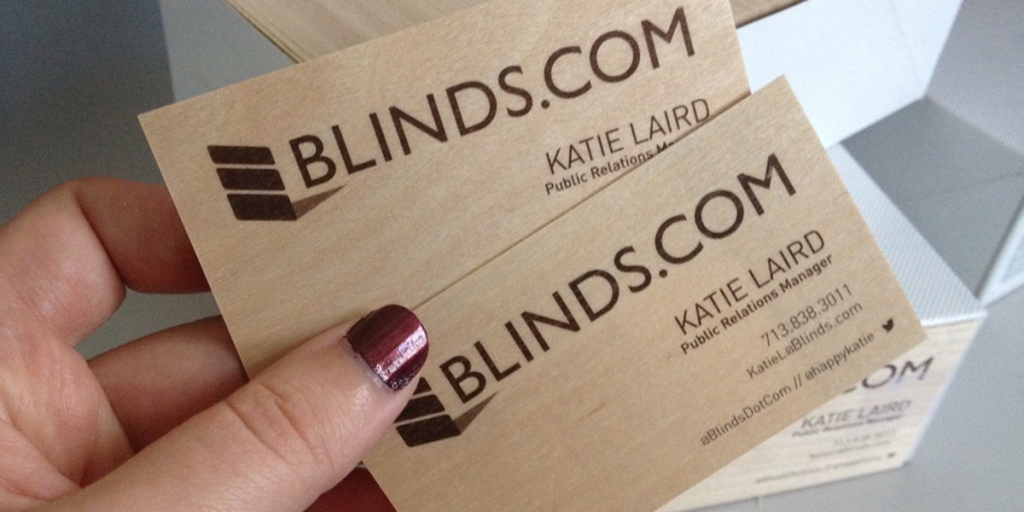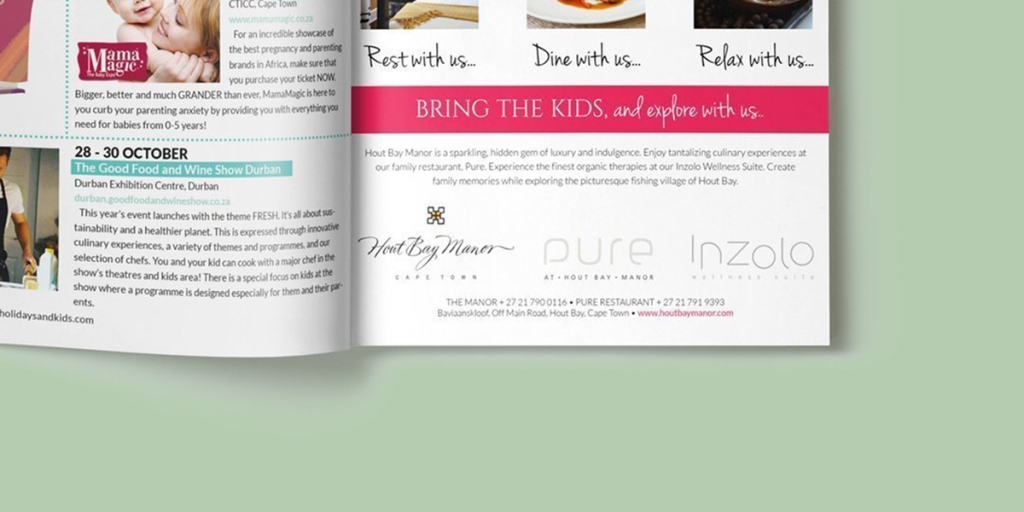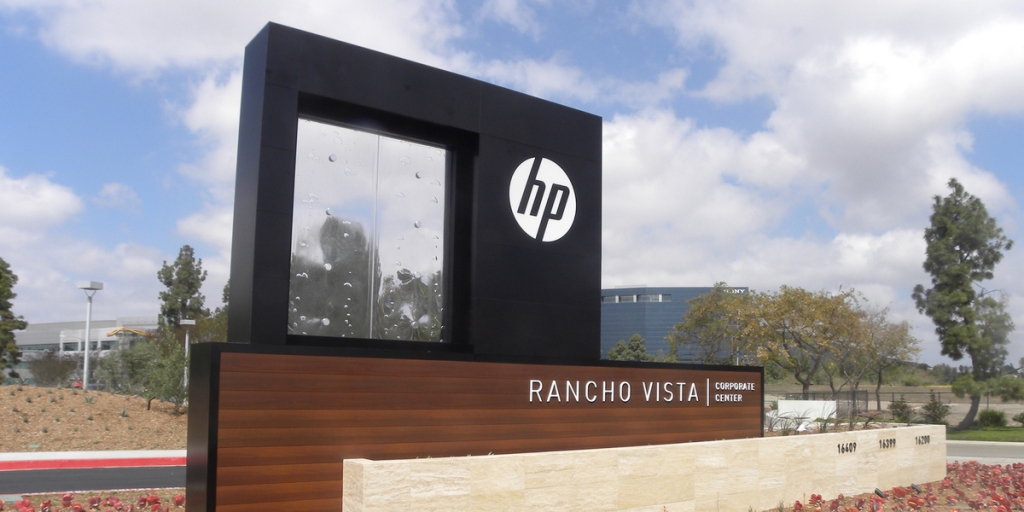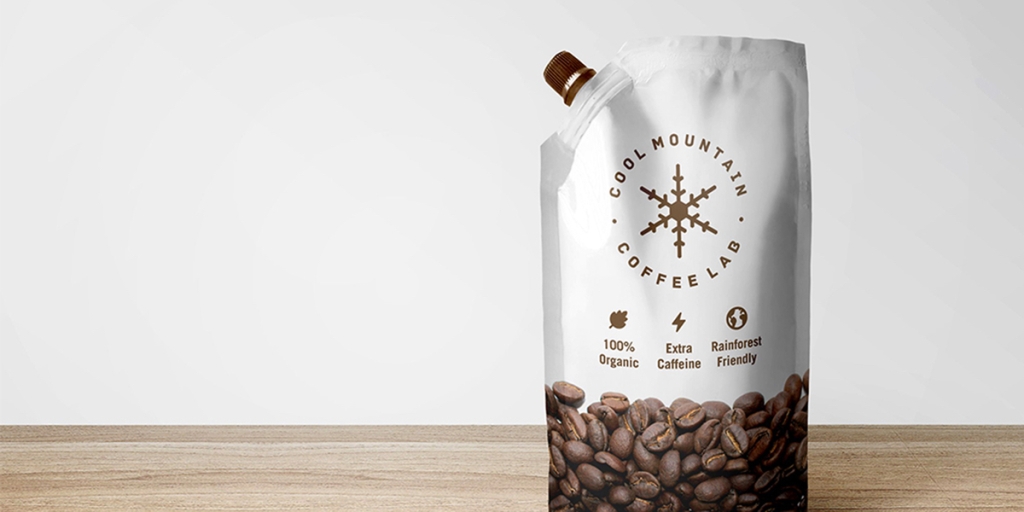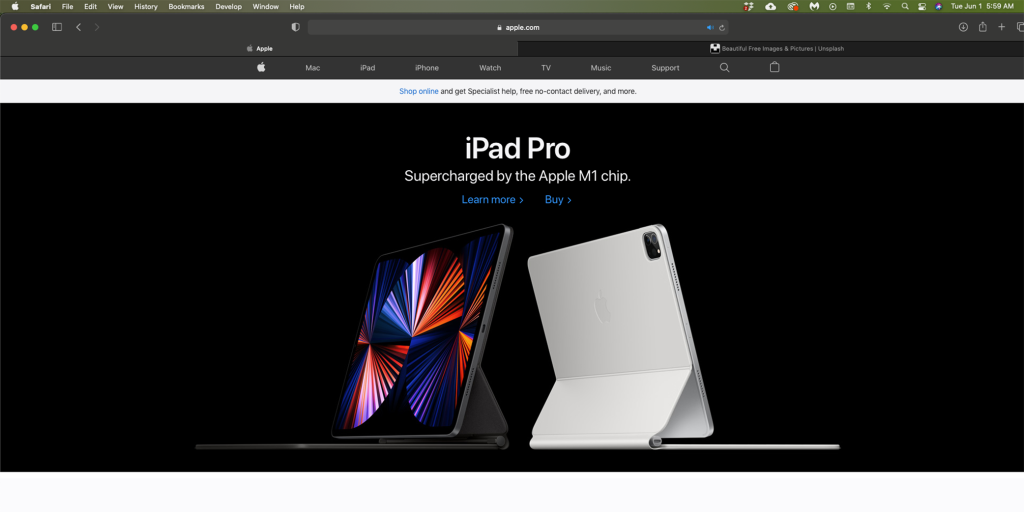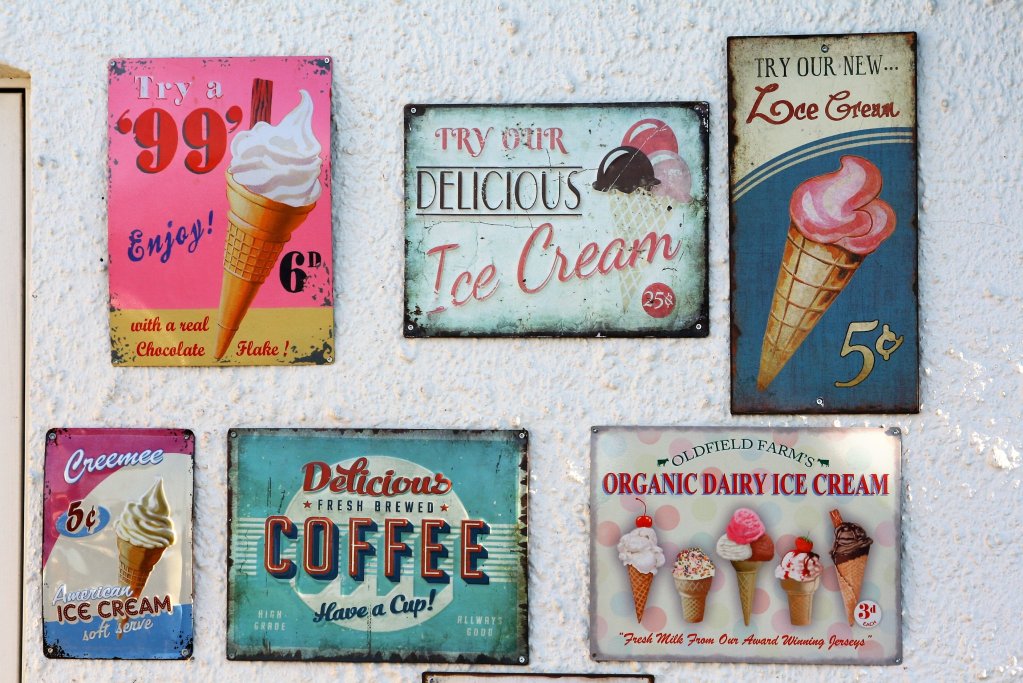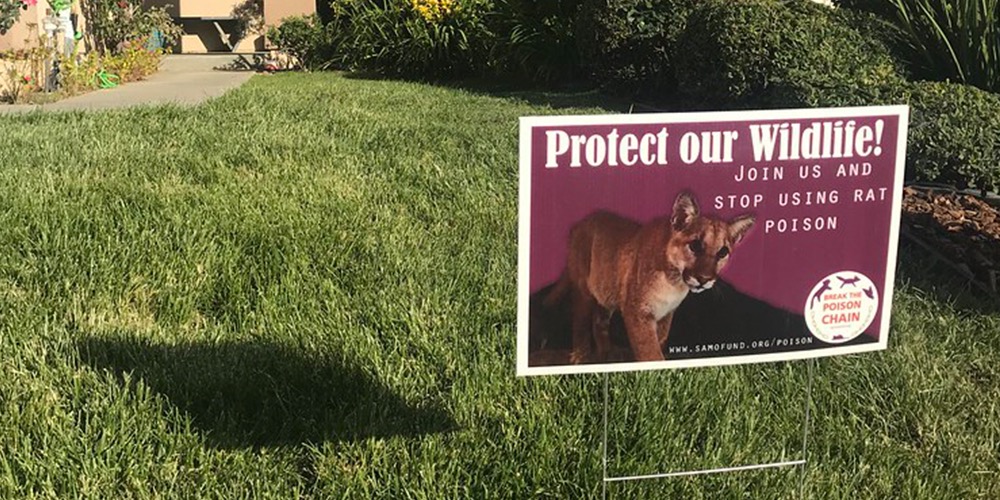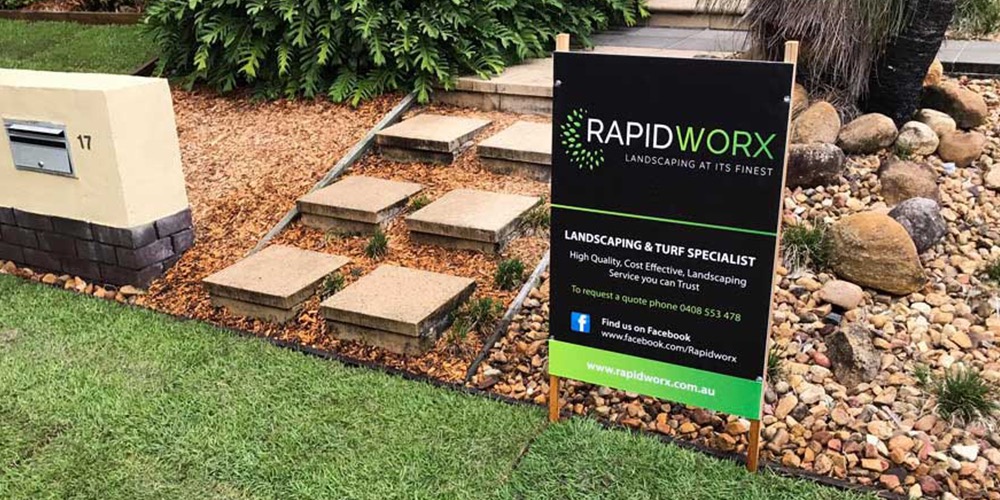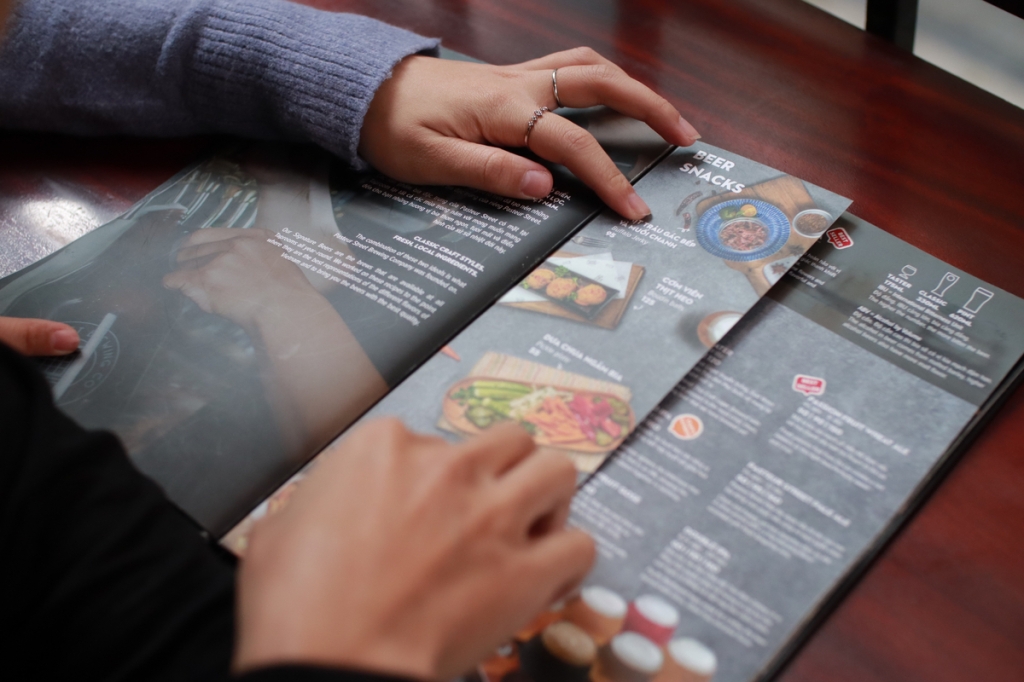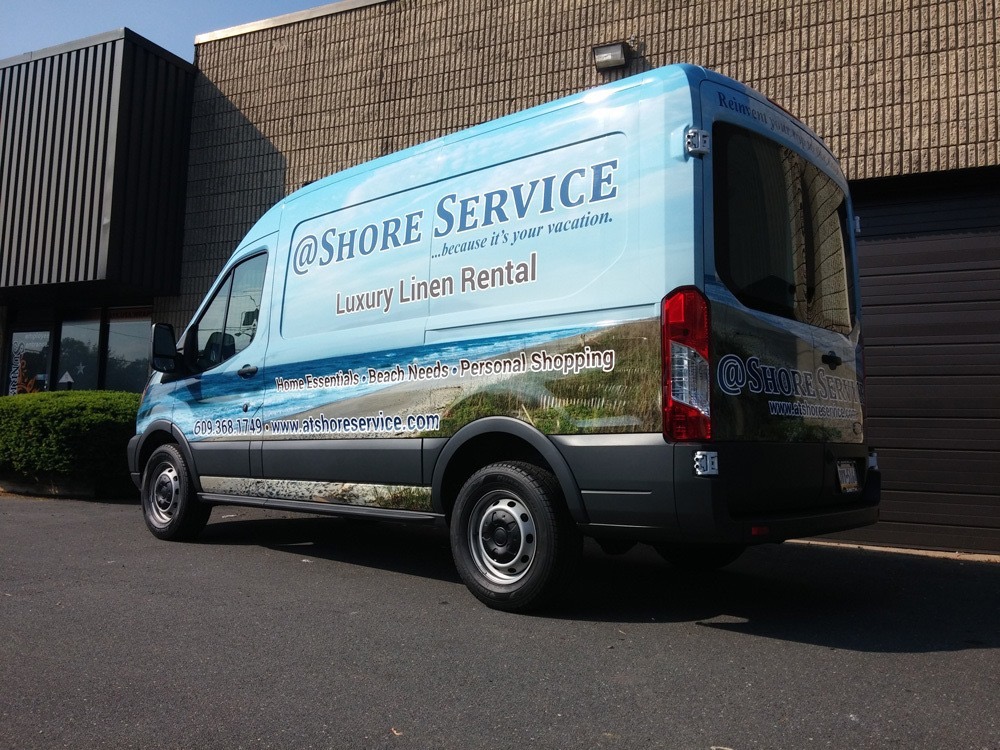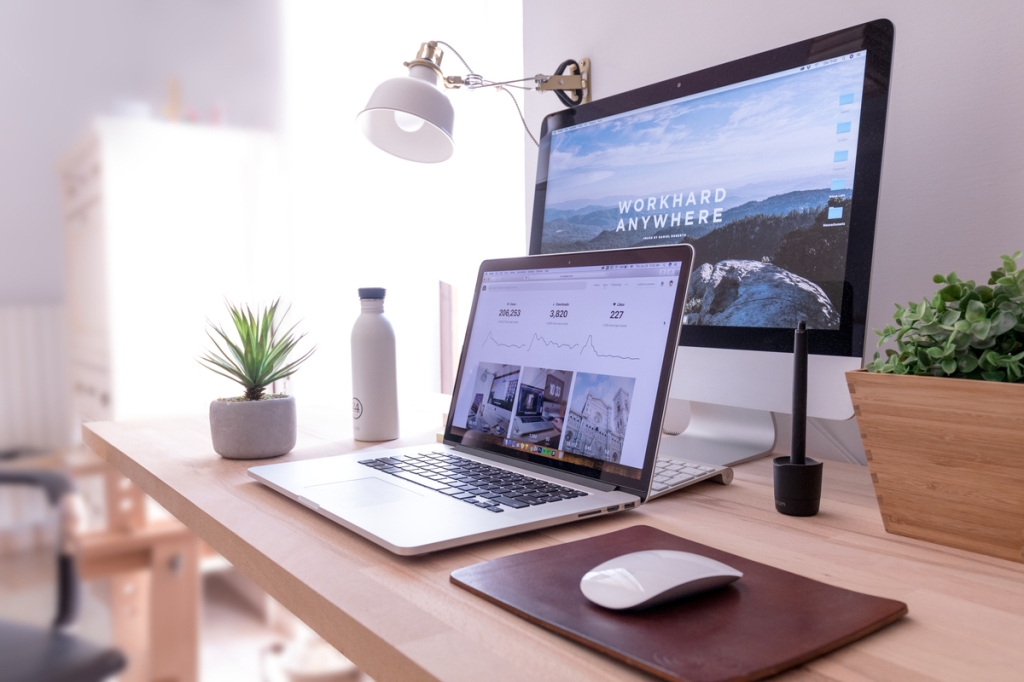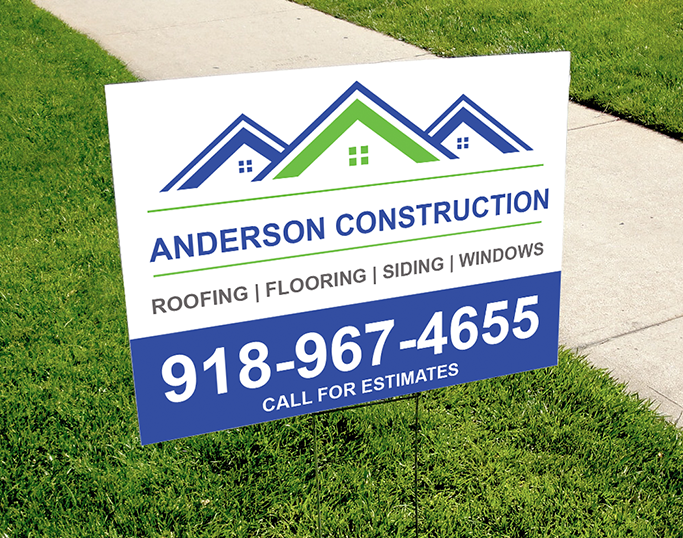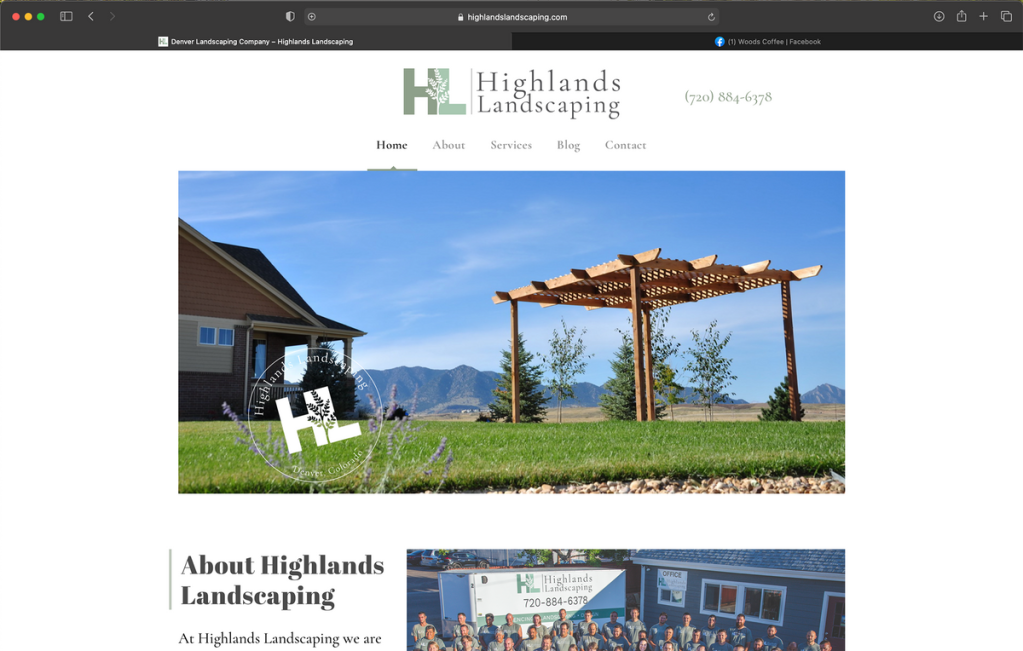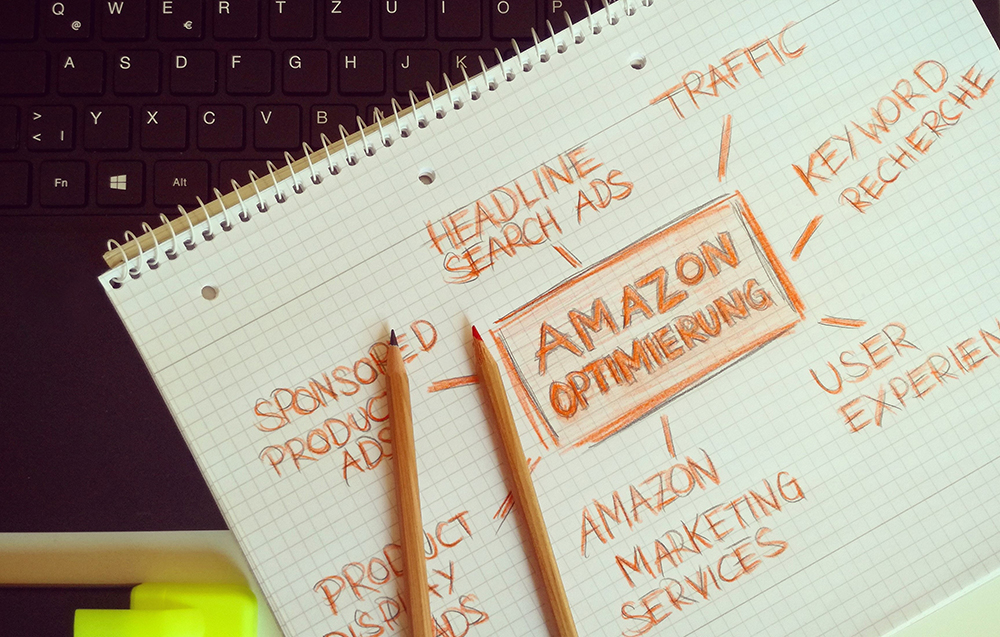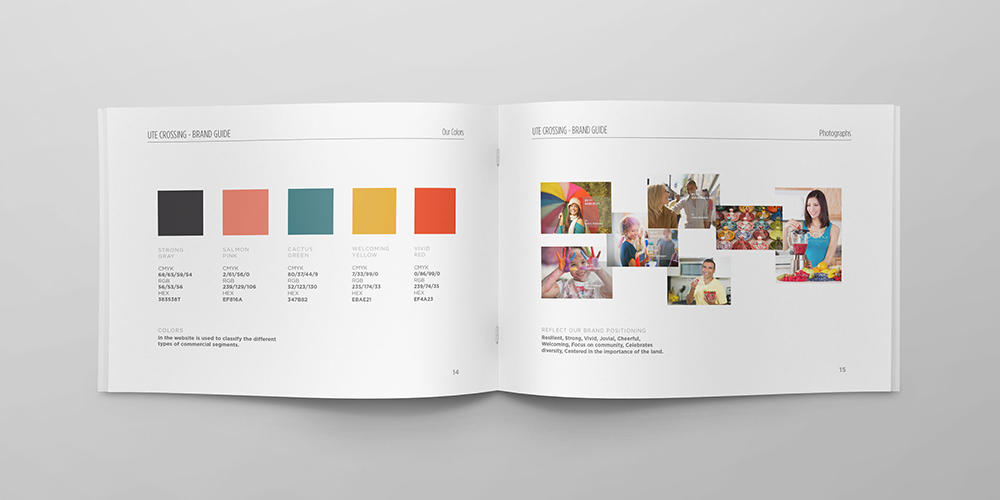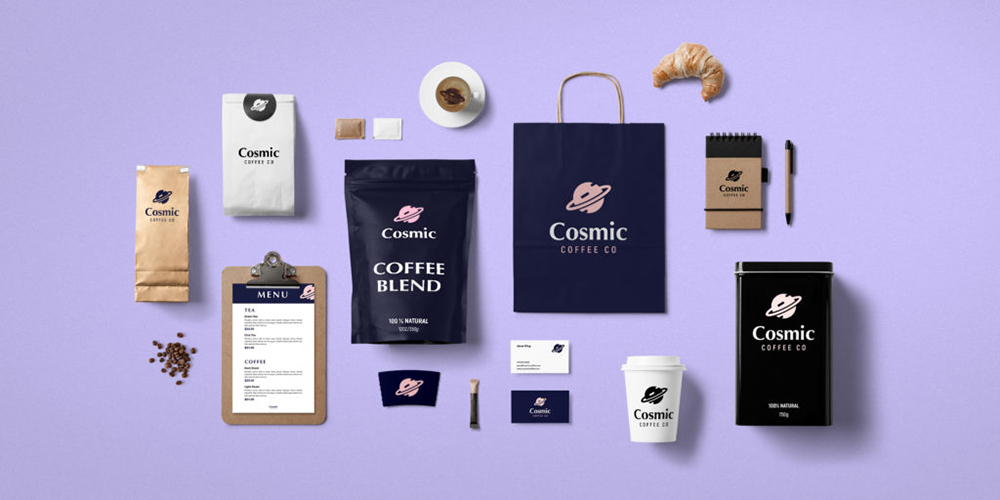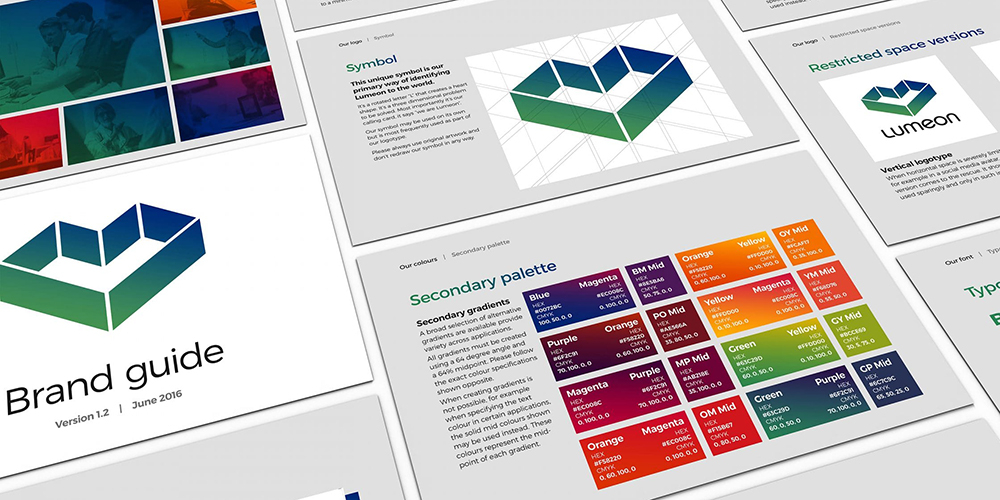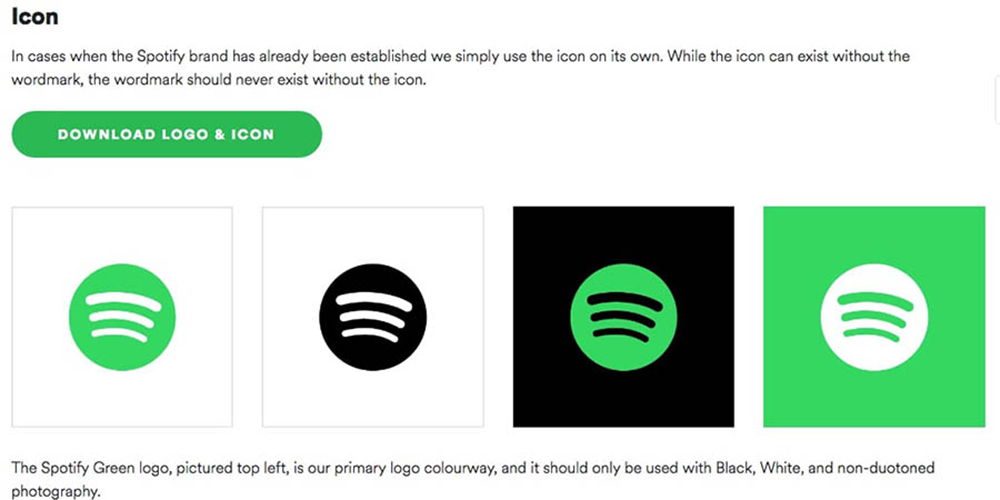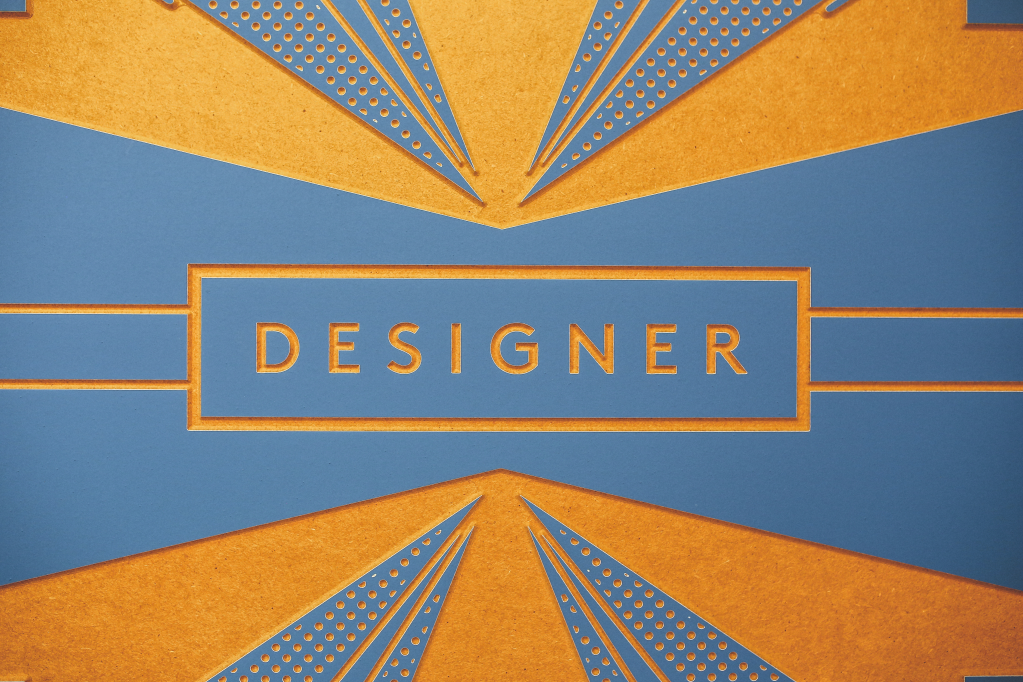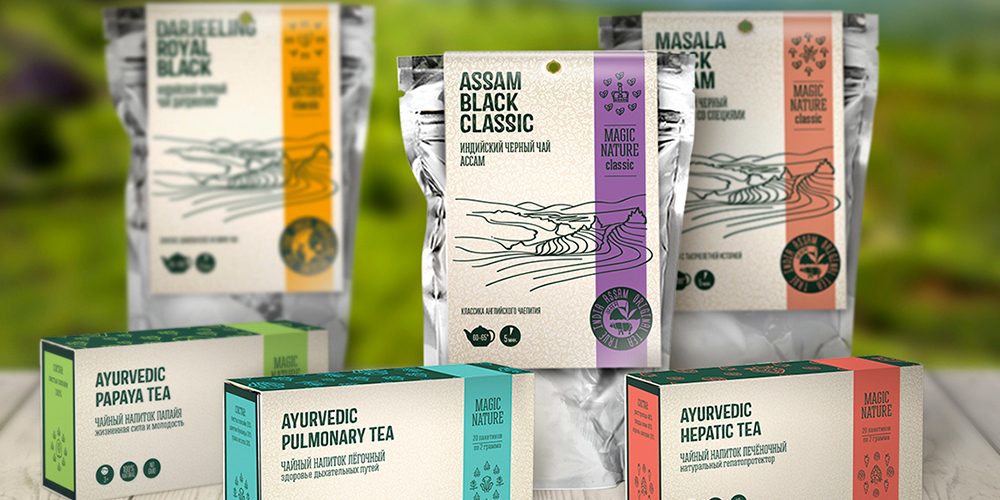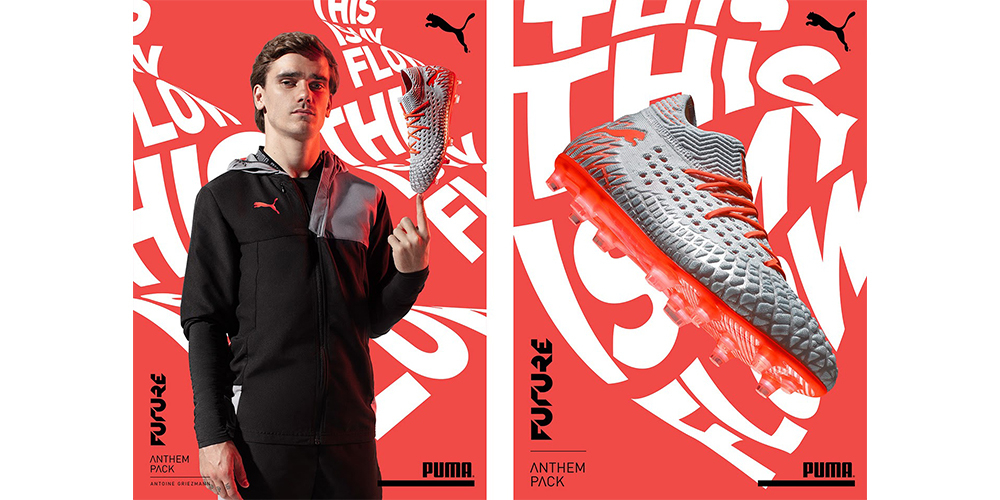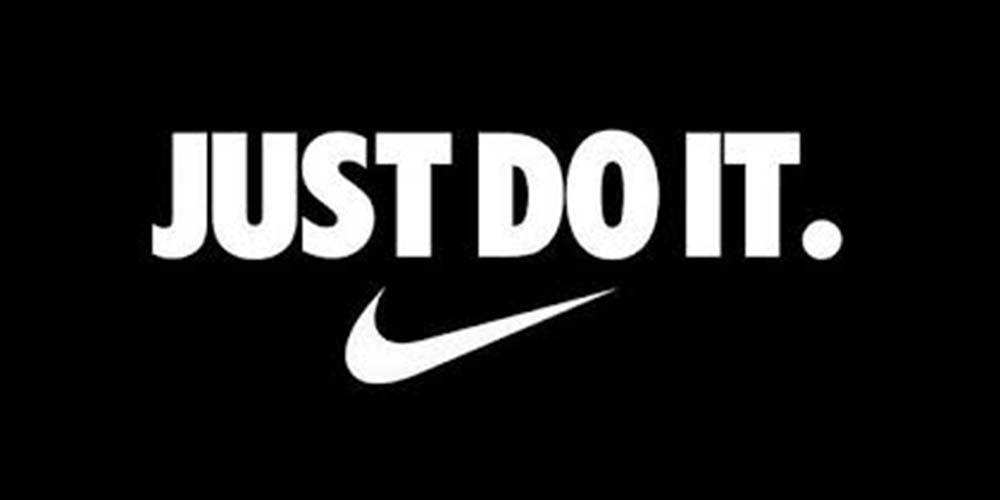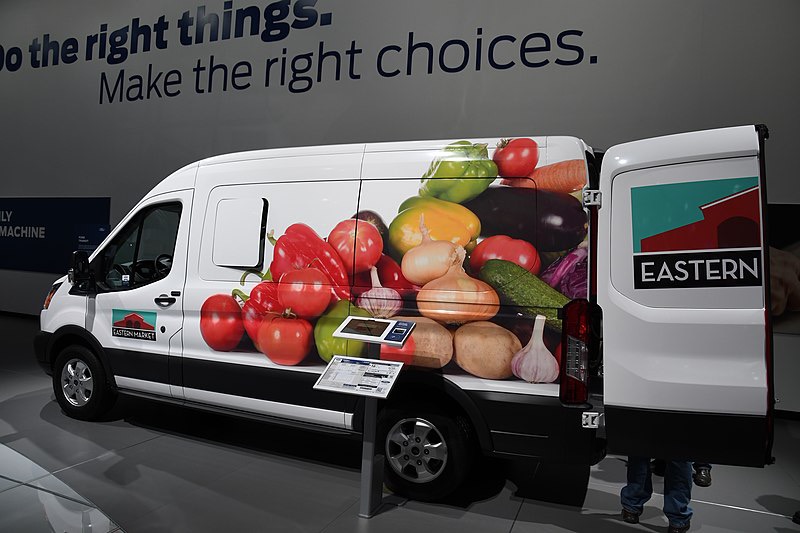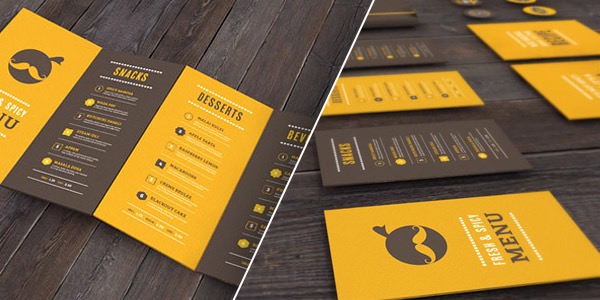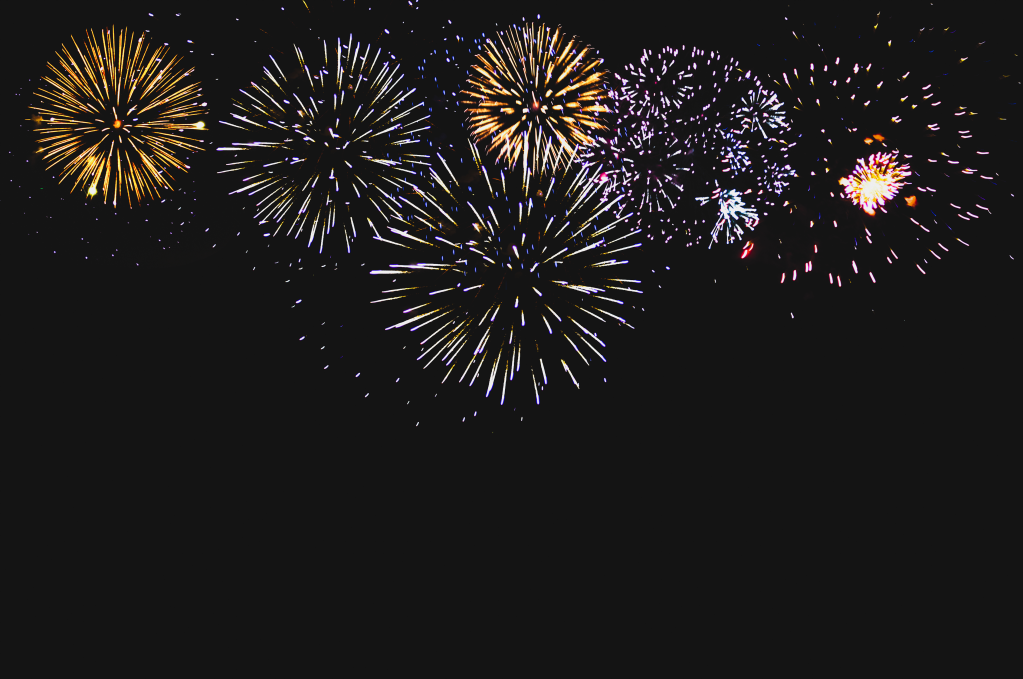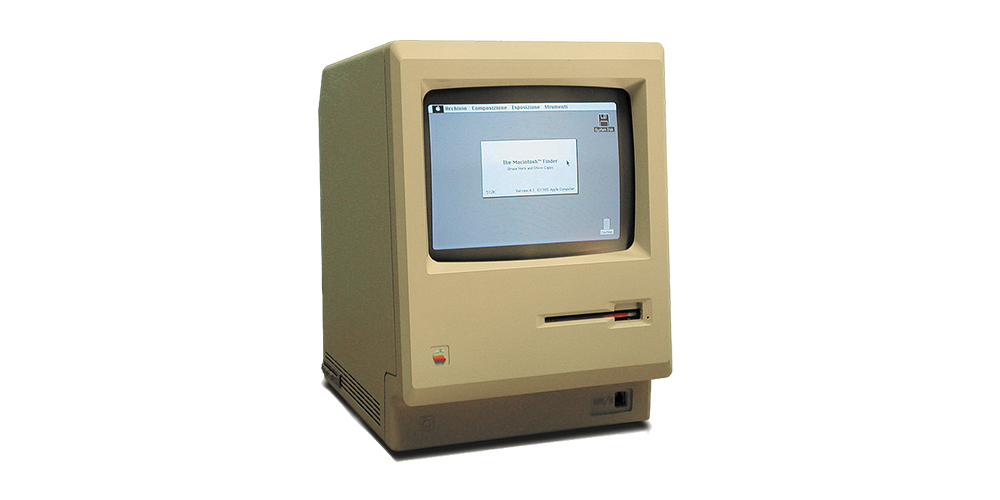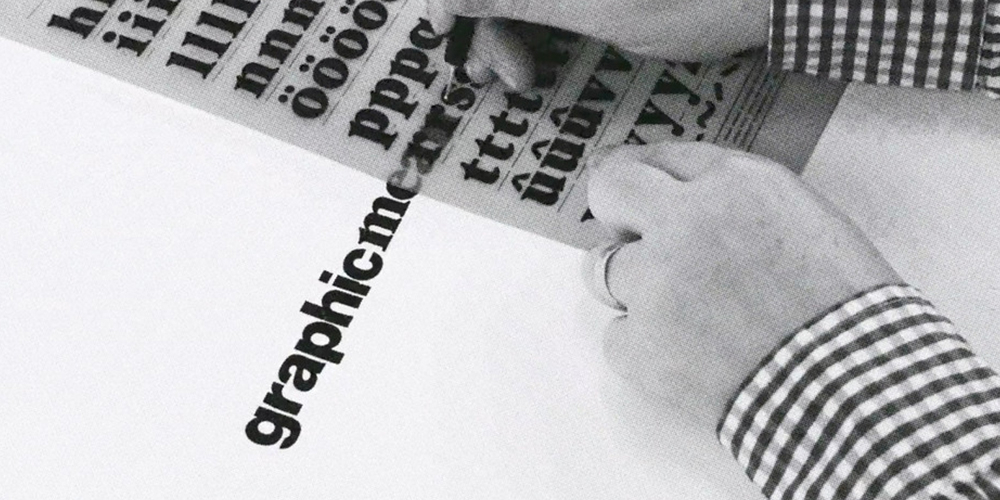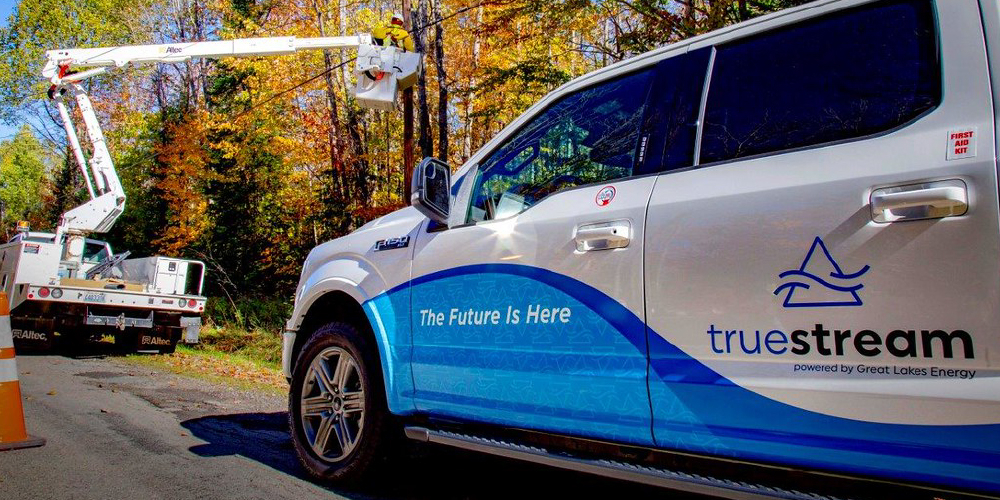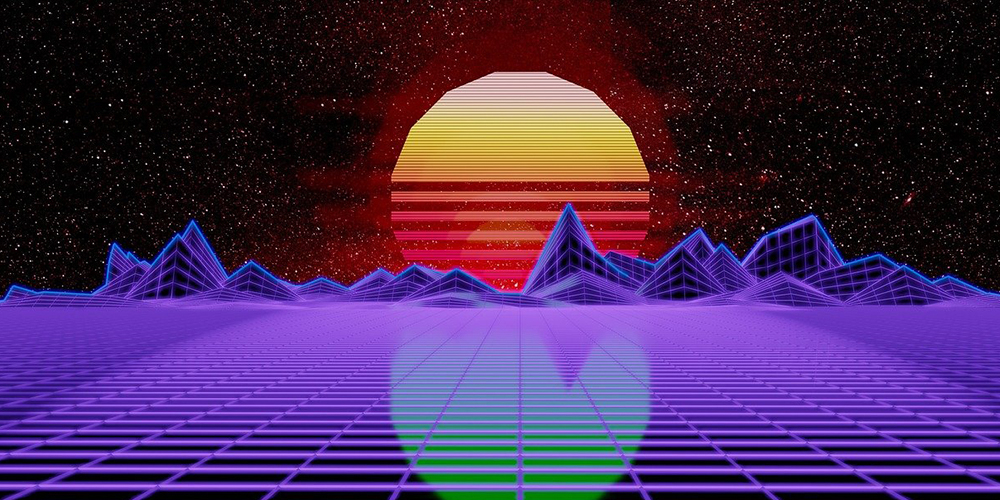Just as a sign or a business card is an outward facing aspect of your business, so are vehicle graphics. Whether it’s cut lettering or full-size prints, vehicle graphics impart credibility and generate sales. If onlookers don’t need services in the moment, they will in the future. In the 3 seconds there are to read graphics on a moving vehicle, they can stand out more by maintaining or updating vehicle graphics. Keeping them fresh can give the fleet a nice look and keep them working for your business. We’ll go over some cost-effective ways to do that.
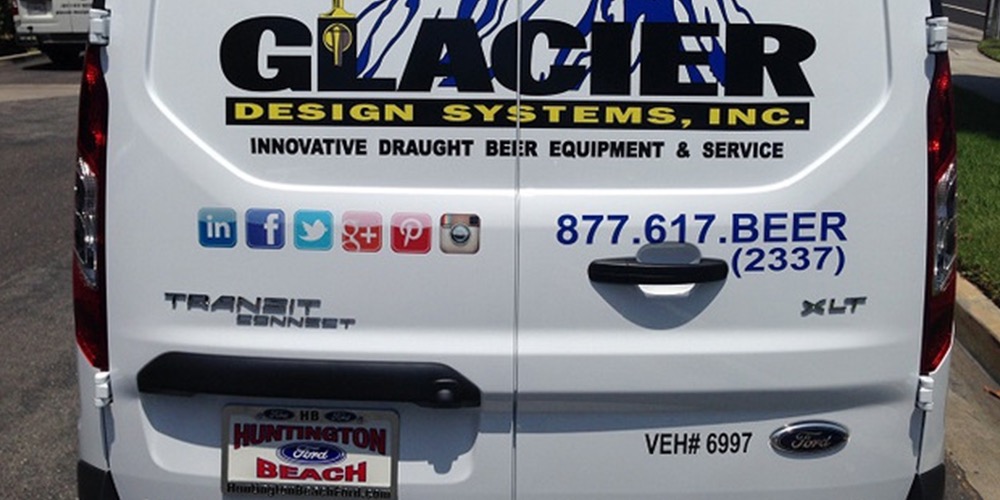
Social Media Icons
These days, it’s common to see social media icons on brochures, business cards, billboards, and more. Since the web has become a form of mass communication, it has become common to see them used in print and on the web. They add a modern touch to an otherwise solid design. They also provide an extra element to a vehicle’s overall design. Adding an icon adds visual interest because there are more elements interacting with each other. If potential customers are interested in your work, they can check out your Instagram or Facebook.
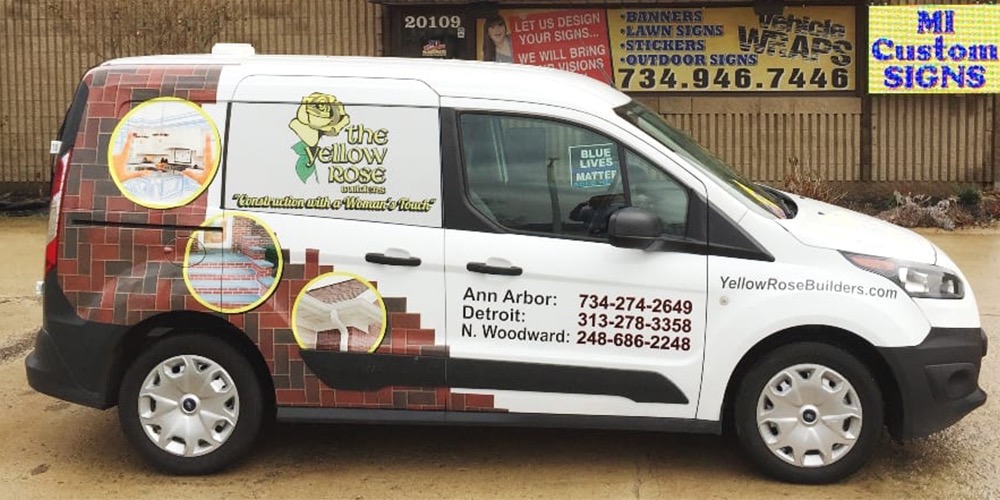
Small Touches
Cut vinyl is cost effective, yet gets the job done. Logos and lettering can be cut and applied without the need for printing. If your fleet has cut vinyl graphics, consider adding a custom shape to the vehicle. It can be a cropped version of the logo, or even a stripe of the company color situated near the end of the vehicle. It can be any shape, really. The vehicles tend to have lines that lend themselves well to designs since the vehicle provides the contour. Adding small touches like cropped logos or contoured shapes are a great way to freshen a fleet and increase visual interest.
360° Visibility
Another way to freshen vehicle graphics is adding a windshield decal. In traffic, on-comers can get a few as well. Windshield decals offer another way to add some style to the vehicle. Lettering can be cut and applied, or printed onto a decal that would conform to the window’s shape and dimensions. There are high-visibility colors available. For the rear windows, perforated film is available as well. It can be printed on and allows for outward visibility. Although it’s a more expensive option than cut vinyl, it offers a good solution if you’d like to display printed imagery.
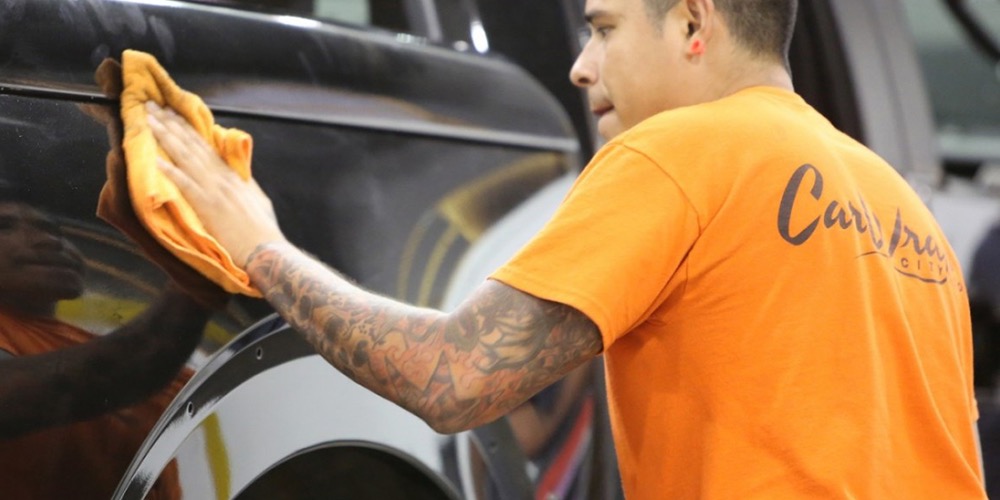
Keeping it Clean
Vehicle graphics are prone to dirt, oils, precipitation, the sun, accidental scuffs. Being vulnerable to the elements, they can peel, crack, and discolor. Washing the vehicle can extend the overall life of the graphics. It’s advisable to hand-wash to protect them. Non-abrasive detergent and a sponge work great. Pressure wash after with a PSI of 2,000 at most. Spraying at an angle of 45° will keep them from peeling. Additionally, keep the water temperature below 140° F and hold the spray nozzle at least 12 inches away from the vehicle’s edges.
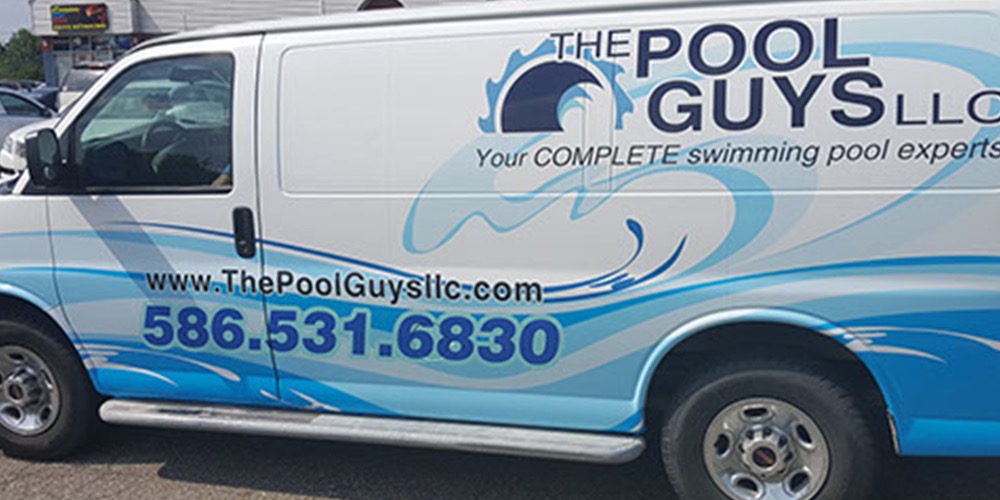
Overhauling
Graphics older than 8 years old tend to look weathered and worn. For severely damaged graphics, it may be necessary to do an overhaul. If needed, certain letters can be replaced . However, if the existing graphics are sun faded, it’s best to get new lettering altogether. It’s good to update vehicle graphics every 8 years or go to begin with. People get used to seeing the same fleet after a while so it’s good to shake it up. Updating a fleet’s design will make a familiar company seem new and generate new interest. If a replacement is all that is needed, graphics shops typically have a backlog of designs saved so making replacements is an easy fix.

